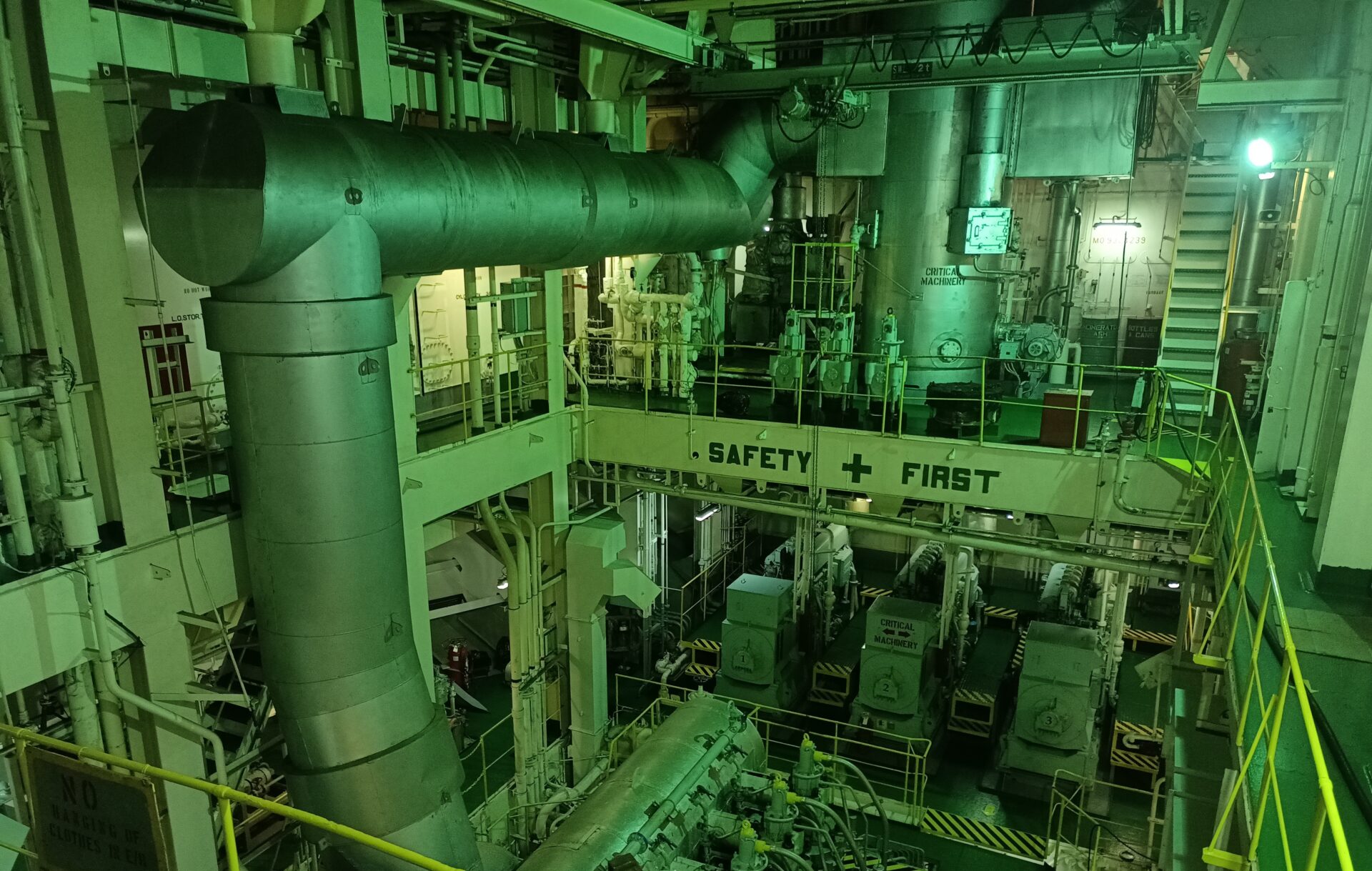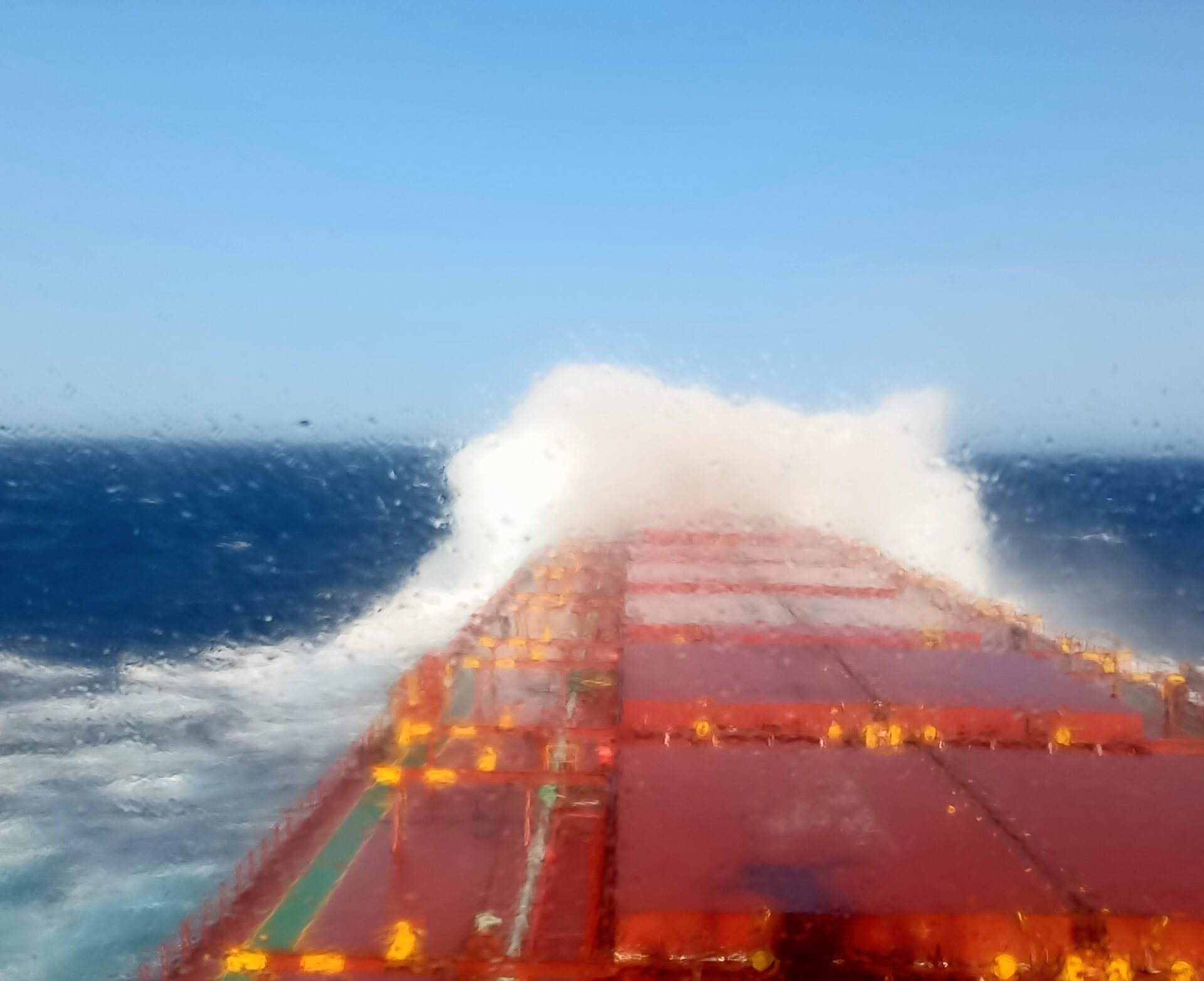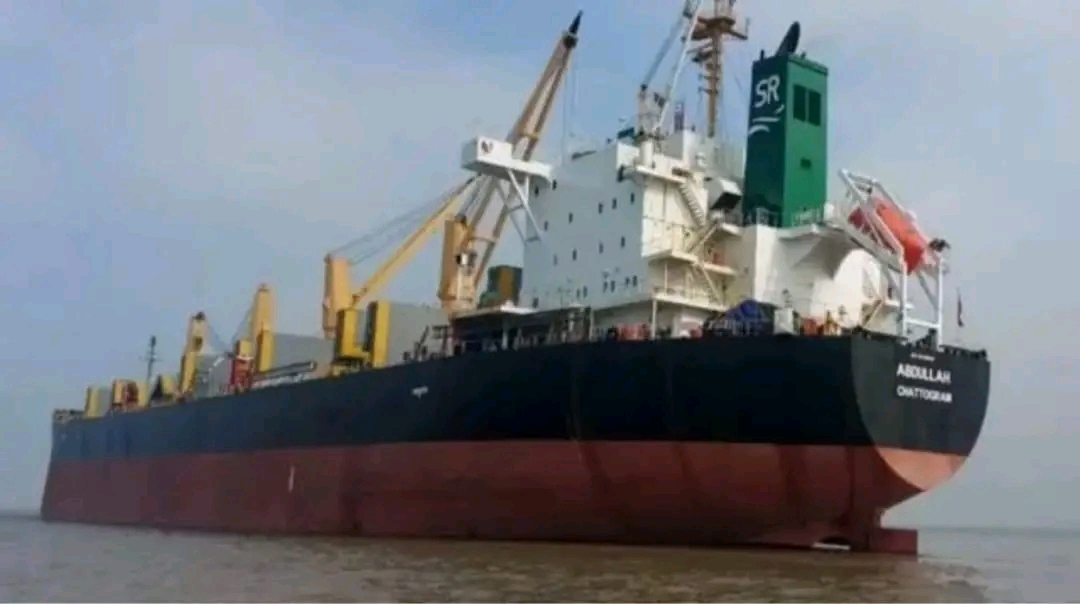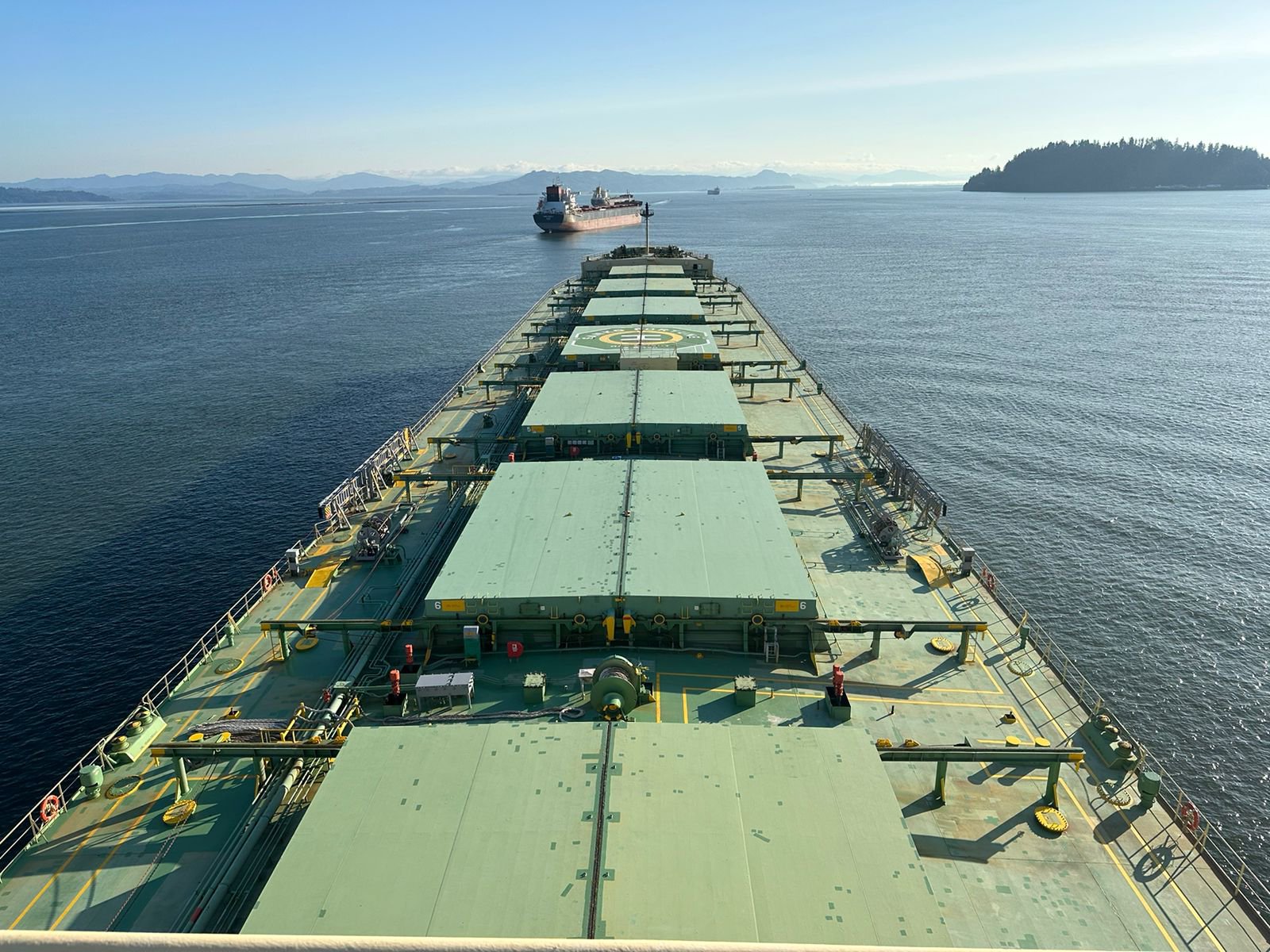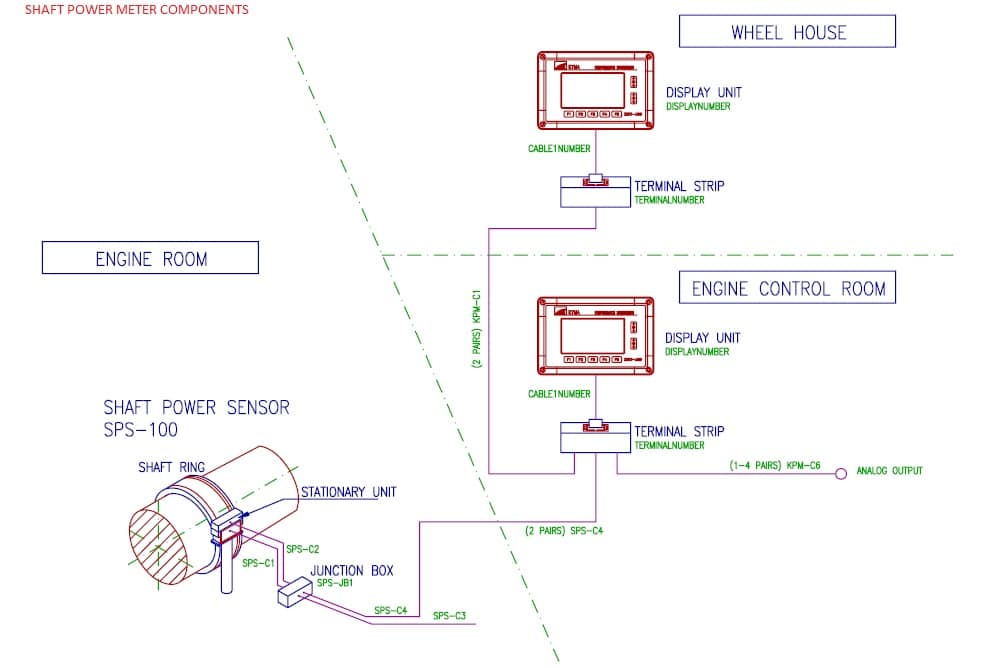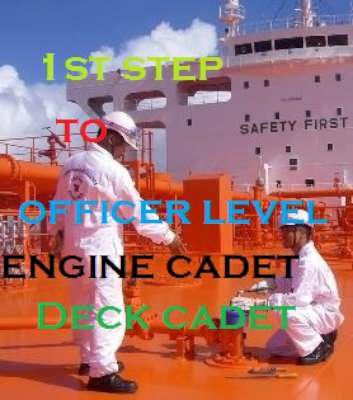Ship stability can be defined as the ability of the ship to return to her initial state or withstand the external forces ( still sea water and waves) without change of her initial state.
However, in naval architecture, ship stability has a calculated formula. This formula appears to focus on the vessel center of gravity, hull center of buoyancy, and meta-center of vessels also on how these interacts.
On this article, we are to enlighten you on the 4 important things you most understand as ship operator regarding the ship stability.
With the short definition above someone might have some questions regarding the calculations. That is the real points we are going to explain here.
- Meta-centric heights( GM )
To give you the basic understanding about meta-center height, it’s the initial static measurement of the floating body of a vessel. This calculation are been derived by total distance between the centre of gravity of a vessel and its meta-centre.
- Intact and damaged ship stability
Someone may ask, what the word intact and damaged stands for; these are types of ship distinct stability.
Intact simply means for the initial operational configuration of the vessel. While damaged is the worst condition of the intact.
Also, read about: Challenges behind Job At Sea
A vessel are required to meet various ship stability criteria as mentioned above (GM), trim, range of stability, etc.
According to the regulation of IMO and SOLAS, a ship is been credited to be seaworthy if she fulfill the above mentioned ( intact and damaged) stability.
- Centre of buoyancy of a floating body
This is a point where all body parts buoy up each other. Following the reference given on naval architecture by E.A. Stokoe, you can see the center labelled “B” and “B1”, what does that show us ? “B” is the center of buoyancy.
While B1 shows when the ship is inclined. Therefore when the ship is inclined, the center of buoyancy moves from B to B1.
This creates a movement and the righting lever returns the ship to its initial position, which makes her stable.
- Free surface effect
The better way to explain this point will be with an example ;
Let’s say a ship with a full tank or container listed, the liquid in the tank or container will act as a solid mass.
Popular read: General Procedure for ship departure and arrival to port
Therefore its center of gravity “G” , being the center of her volume remain constant, therefore does not cause any change in the ship metacentric height or “G” as the ship listed.
A ship will become stable,when an external force ( wave, wind or storm) is applied and removed. That is if “G” remain in the same position with “GM”.
Why do you need all this knowledge as ship operator?
You need this information or knowledge because the above calculation can be equal to zero if you mistakes them. Therefore that can lead your ship to capsize , list, etc.
This information is not only for chief mate or deck department. They are general knowledge all seafarers most know. For more details or understanding, grab any of the naval architecture book. I will recommend you E.A.Stokoe book.
Notice!
Subscribe to with us for our weekly updates and newsletter. Share more knowledge regarding this topic on the comment box.
Don’t forget to support us by sharing the posts to reach people who will benefit from it.
Share this:
Related post

Important thing you need to know about ship Ballast and De-ballast operation
Here are Important things you need to know about ship Ballast and De-ballast operation . In shipbuilding, the word "stability" matters a lot. Therefore, ship was built in such a way that she can Withstand the roughness of the sea with or without cargo. The word Ballast is always use…

Shaft power meter (SPM) installation onboard ship
The Shaft power meter is an instrument for continuous measurements of torque, thrust and revolution on a rotating shaft. The instrument is primarily designed for marine application. It standards concept consists of two major parts; 1. Display unit (DU) 2. Shaft power sensor (SPS) Shaft power meter components The DU…

23 Maritime Career Guides to Kickstart
Maritime career is a wide range profession, which comprises of different fields and provides lots of high earning jobs. In some of it fields, they might look risky, but with other departments working very hard towards the safety of others, sorts of equipment’s and guidelines has being provided for safe…




